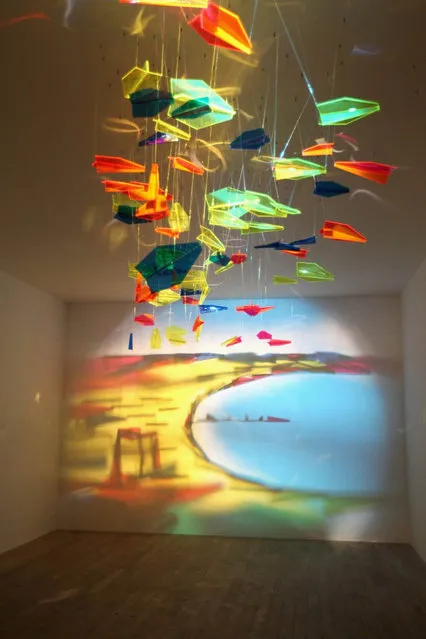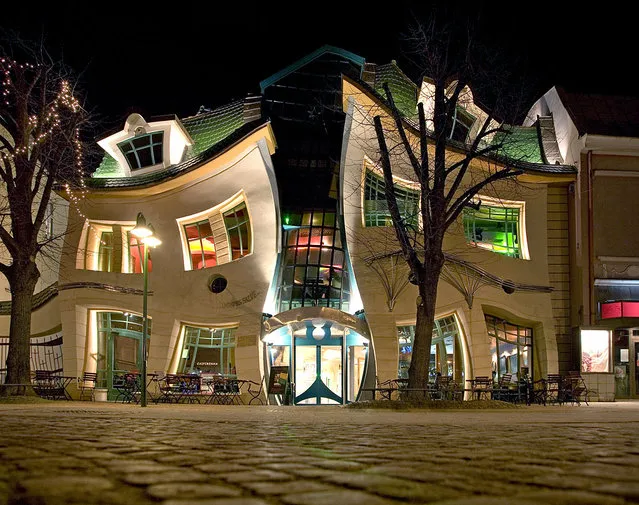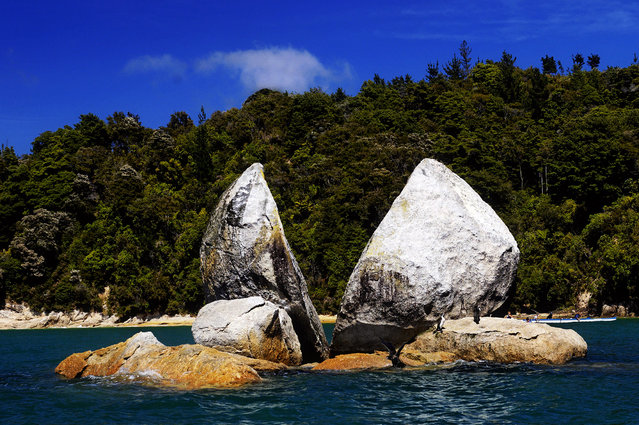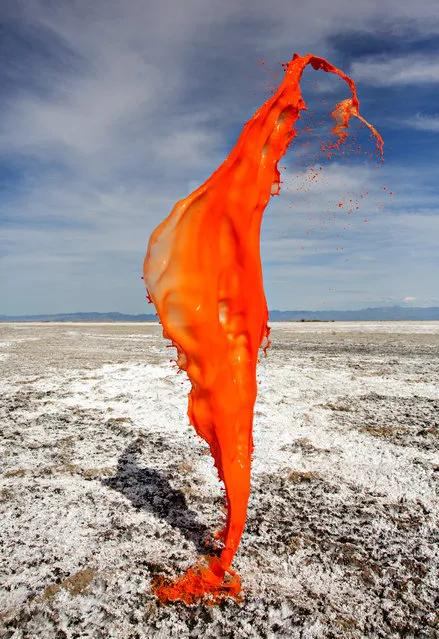
A gallery assistant at the Saatchi Gallery admires a sculpture by artist Dirk Skreber entitled “Untitled (Crash 1)” on May 26, 2011 in London, England. The sculpture features in the Saatchi Gallery's exhibition, “The Shape of Things to Come: New Sculpture” which showcases work from 20 international artists. (Photo by Oli Scarff/Getty Images)
27 May 2011 08:14:00,post received
0 comments







